Food is more than just sustenance, it can take you back in time, show you a country’s culture and even touch your spirit. Every taste has a story to tell, whether it’s spices brought by traders long ago, cooking methods passed down through the years or local foods that set trends around the world. Some countries have changed the way people eat in ways that can’t be denied, changing the way people eat and starting culinary revolutions.
This travel and food guide takes a look at the countries that changed the way people eat around the world. You’ll learn how traveling through food may give you a greater cultural experience, from Italy’s pasta empire to Japan’s sushi craft. Let’s travel from continent to continent with food, one plate at a time.

Italy: The Place Where Comfort Food Was Born
Italy is the clear king of comfort food, thus it should be on any list of important eating places. People all around the world love Italian food, not just because of pizza and pasta, but also because it is simple, fresh and makes people happy at the table.
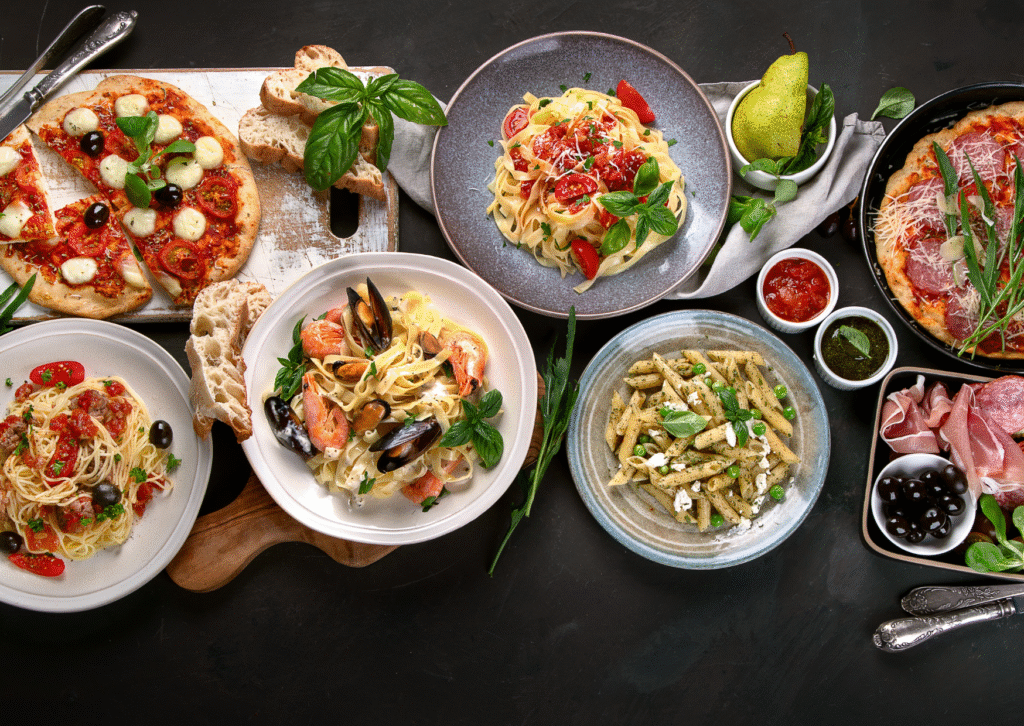
Think about how pizza from Naples inspired many different kinds of pizza around the world, such thin-crust New York slices and Chicago’s deep dish. Pasta, too, became the ultimate canvas, with spaghetti, penne and ravioli being made in new ways all over the world. Today, olive oil, parmesan cheese, balsamic vinegar and espresso are all common foods, but they all come from Italy.
For food enthusiasts, traveling to Italy isn’t only about enjoying the cuisine, it’s also about experiencing hundreds of years of culinary culture. Places like Tuscany, Emilia-Romagna and Sicily have real farm-to-table delicacies that transformed what people think of as “home cooking.”

France: The Art of Fine Dining
France turned food into an art. The French history of accuracy, presentation and pairing gave rise to the ideas of haute cuisine and fine dining. French chefs were the first to use classic methods like sautéing, braising and flambéing, which are now common in professional kitchens all over the world.
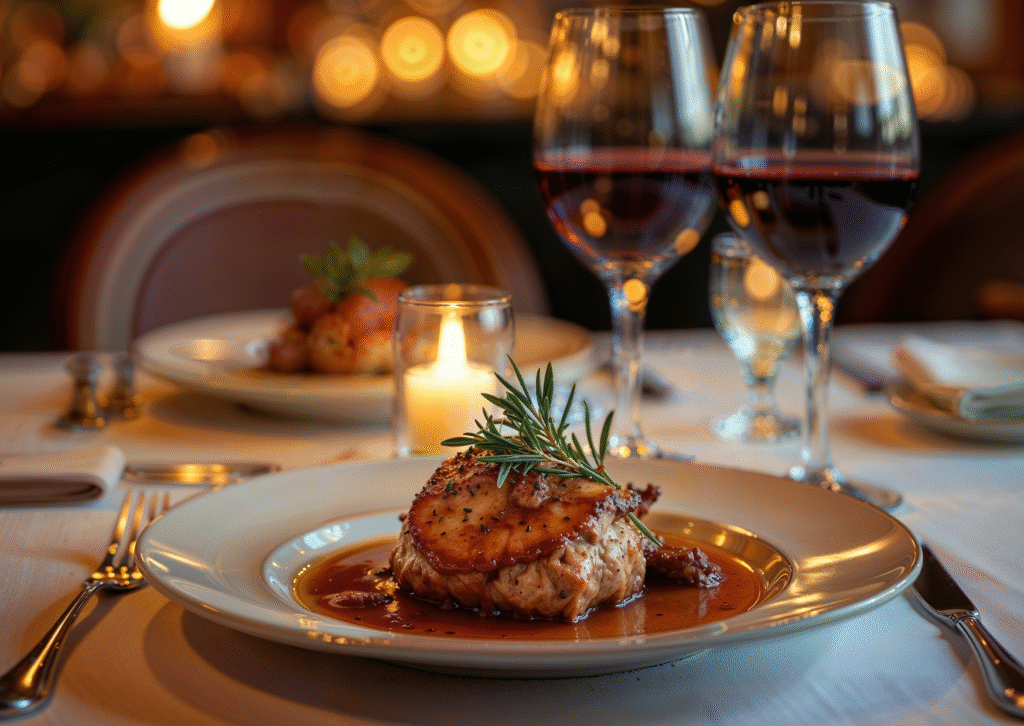
Croissants, baguettes, crème brûlée and cheese boards are now common foods all across the world. The idea of a multi-course dinner including appetizers, main courses and sweets comes from French dining culture.
People who travel to France quickly learn that eating is a big part of life here. French food changed what it meant to be elegant and sophisticated when eating out. For example, cafés in Paris, marketplaces in Provence and wineries in Bordeaux all reflect this.

India: A Symphony of Spices
India is the one country that changed how people utilize spices around the world. India is known as the “land of spices.” Its food has been influenced by trade routes and people moving there for centuries. People all across the world love curries, chutneys, naan and biryanis. Spice blends like garam masala and turmeric latte are now common in kitchens.
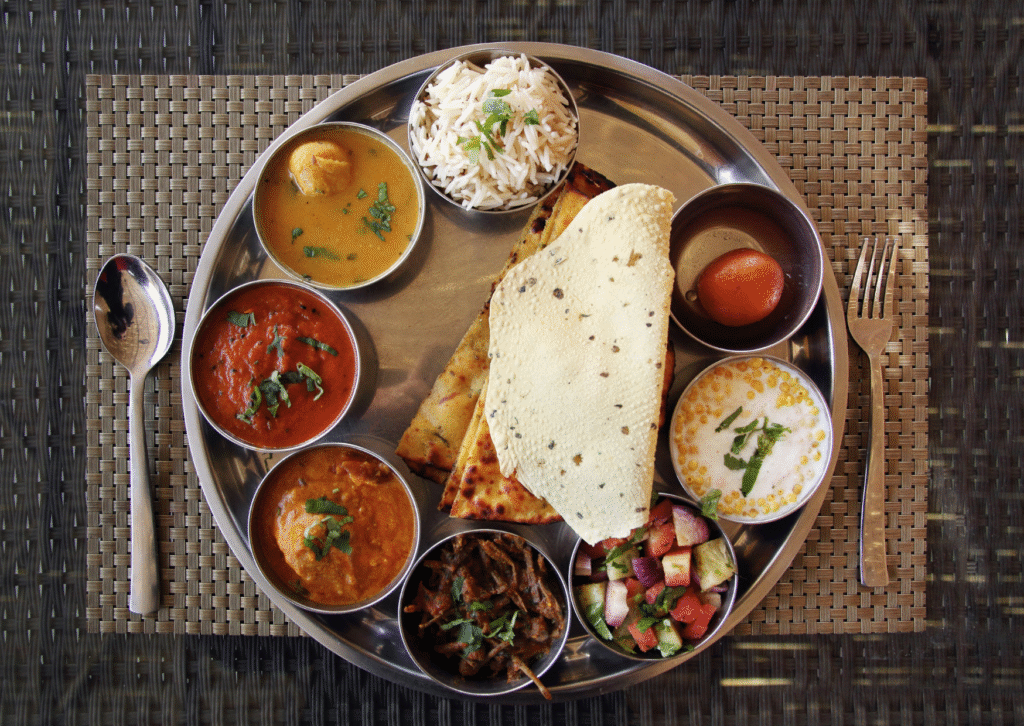
Indian food taught the globe that food can be good for you and taste good at the same time. Turmeric, ginger and cardamom are more than just spices, they are part of Ayurvedic traditions that mix health and flavor.
Traveling through India is like a sensory explosion, from street-side chaats in Delhi to fish curries on the coast of Kerala. India revolutionized the way people cook around the world by teaching how spices can turn simple foods into dishes that people would remember.

China is the base of Asian food.
China has one of the oldest cooking traditions in the world. It is where many of the flavors and techniques that affect dining around the world today come from. Chinese invention has made stir-frying, steaming and wok cooking common in kitchens all around the world.
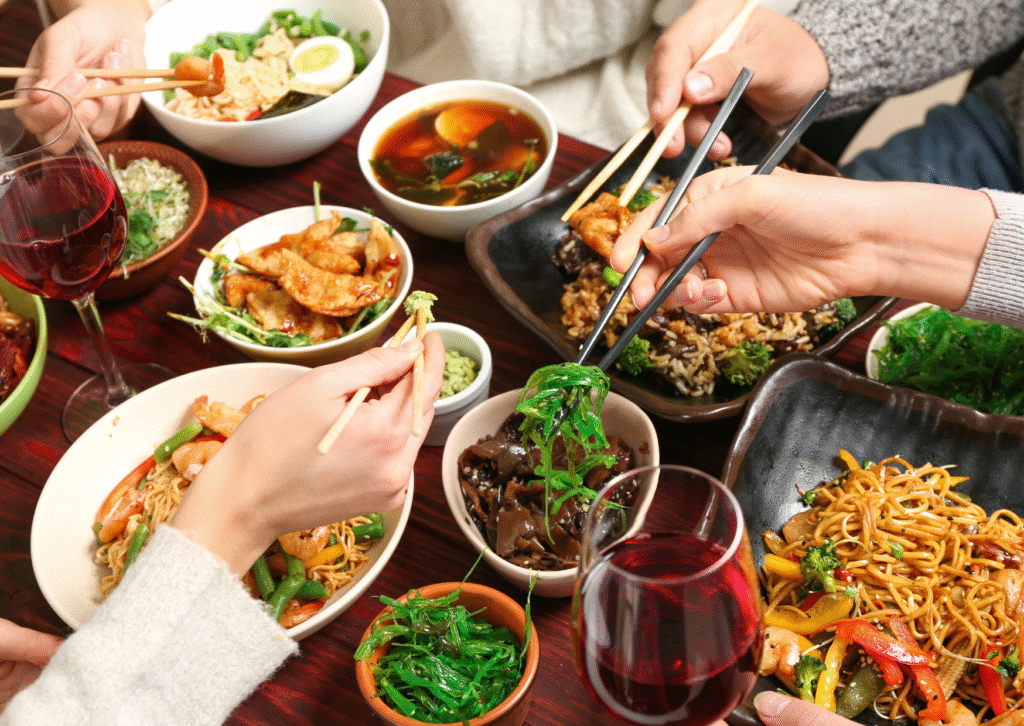
Everyone loves dumplings, noodles, Peking duck and dim lunch. China taught people about the notion of food balance or yin and yang in diet. This made meals about harmony, nutrition and taste.
The country has a lot of different foods, such as Sichuan’s spicy dishes, Cantonese dim sum and Shanghainese sweet-savory blends. As people travel over China, they learn that each province has its own unique style of cooking that affects food trends around the world in different ways.

Japan: Where Minimalism and Perfection Meet
Japan changed the way we think about simplicity, presentation and accuracy in the world of global food culture. Sushi changed the way people eat all across the world by making raw fish a fancy food that many love.
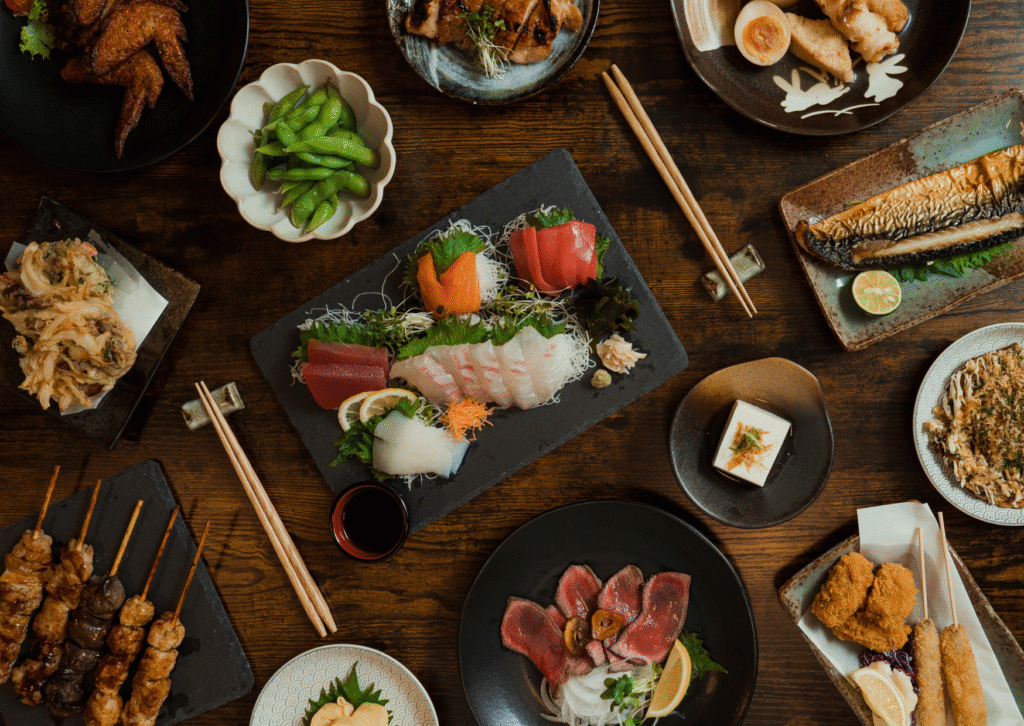
Japan gave us more than just sushi. It also gave us ramen, tempura, matcha and wagyu beef. Japanese cuisine culture also changed the way people think about how food should look: it should taste good and look good. Japanese food is known for its minimalism, seasonality, and respect for ingredients. These ideas have influenced chefs all around the world.
Travelers who want a real sense of Japan find that even simple foods like miso soup or okonomiyaki have been perfected over hundreds of years. Japan’s way of thinking about food changed the way people throughout the world think about eating as an experience, not just a meal.
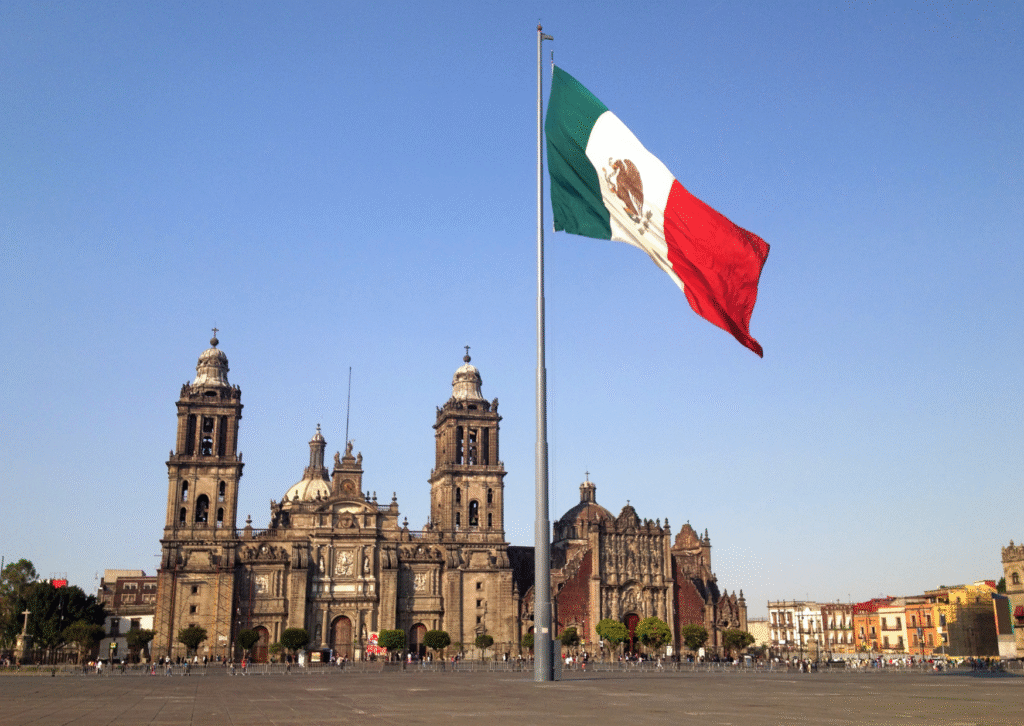
Mexico: Flavors that traveled the world
Mexico has given the world some of the most robust and colorful tastes, from tacos and tortillas to guacamole and chile. Mexican food is a mix of Aztec and Mayan traditions with Spanish colonial influences. The result is rich, vibrant and unique dishes.
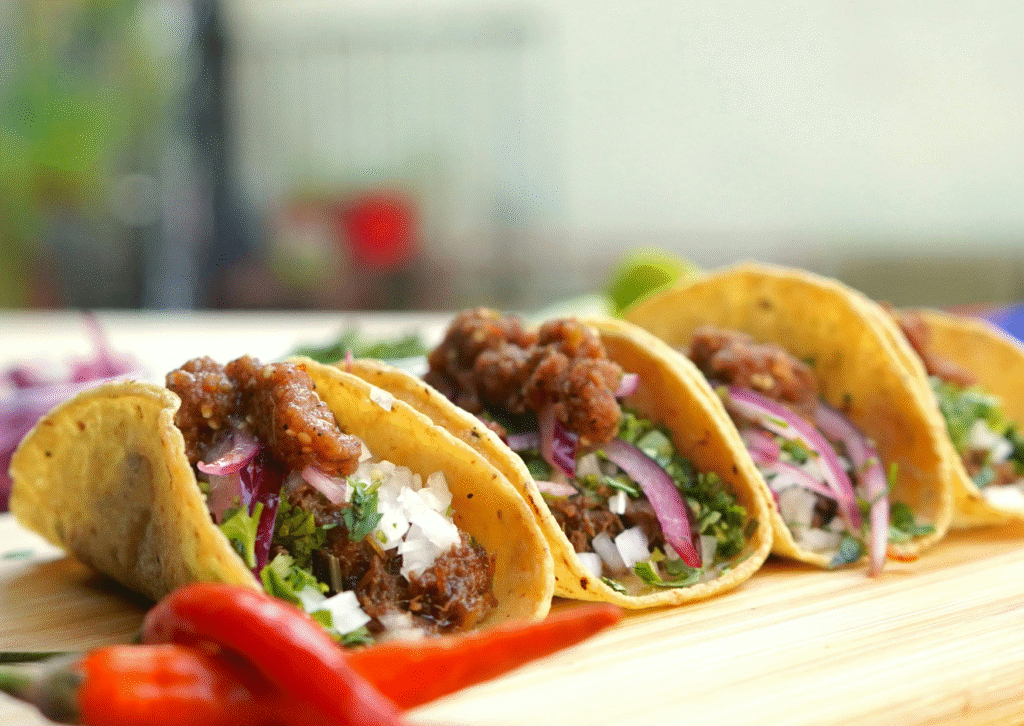
Corn, beans and chili peppers became staples not just in Latin America but all around the world. Salsa, burritos, quesadillas and tequila are now well-known all over the world. The growth of food trucks and informal dining around the world was also inspired by Mexican street food culture.
Eating in Mexico is a trip through spice and history, from Oaxaca’s mole sauces to Yucatán’s cochinita pibil. Mexican food is a great example of how eating can be fun, shared and full of personality.

Greece: The Mediterranean Model
The Mediterranean diet is actually just the Greek diet. A diet that is said to be good for your heart and help you live longer includes olive oil, feta cheese, olives, seafood and fresh vegetables.
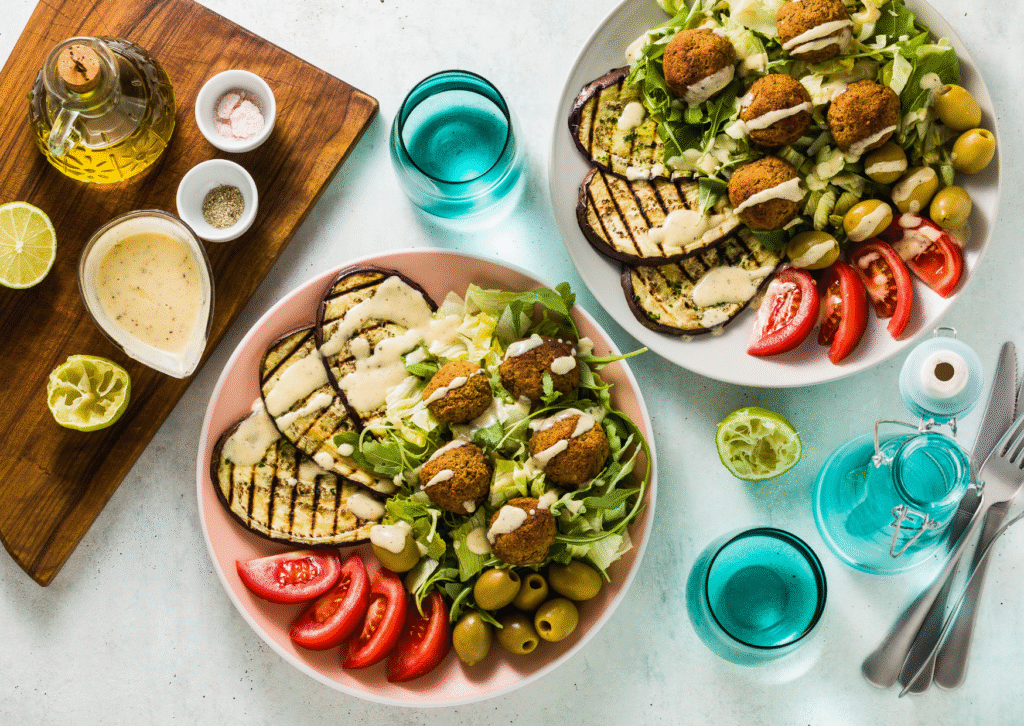
The world learned about tzatziki, souvlaki, moussaka and baklava through Greek food. But it also taught us how to eat as a way of life: balanced, shared and deeply connected to the land and sea.
People who visit Greece immediately learn that meals here are unhurried, convivial and often eaten outside. The Greek way of eating spurred a worldwide push toward healthier, plant-based foods that nevertheless taste good.

Turkey: A Place Where Flavors Meet
Turkey was a bridge between Europe and Asia that brought together the finest of both worlds in food. Kebabs, baklava, Turkish delight and meze spreads are some of the foods that show the Ottoman Empire’s influence.
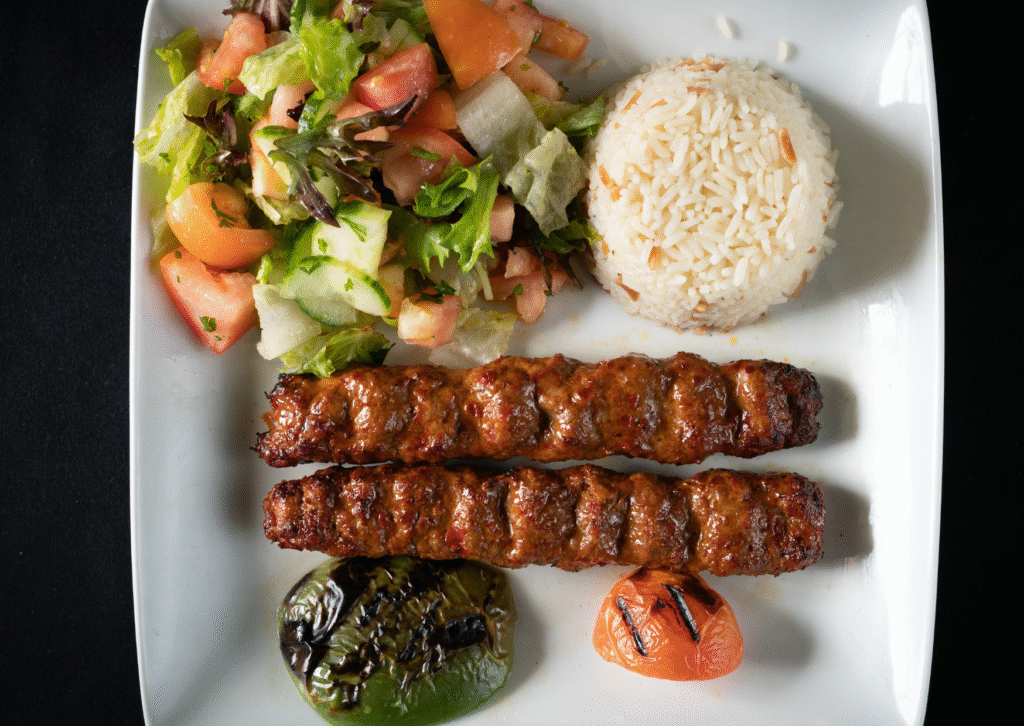
Turkey also brought the world the art of making slow-cooked stews, grilling meats and drinking coffee in a certain way. Turkish food is a big part of both Middle Eastern and Mediterranean dining today.
Travelers say that eating in Turkey is like going back in time. Spice markets, tea gardens and busy kebab shops all highlight how cuisines from different parts of the world came together to transform the way people eat forever.

Spain: Tapas, Paella and More
Spain transformed the way we think about eating with other people forever. The tapas tradition made eating together a social occasion, with tiny servings shared among friends. This idea extended over the world and led to casual eating trends in many places.
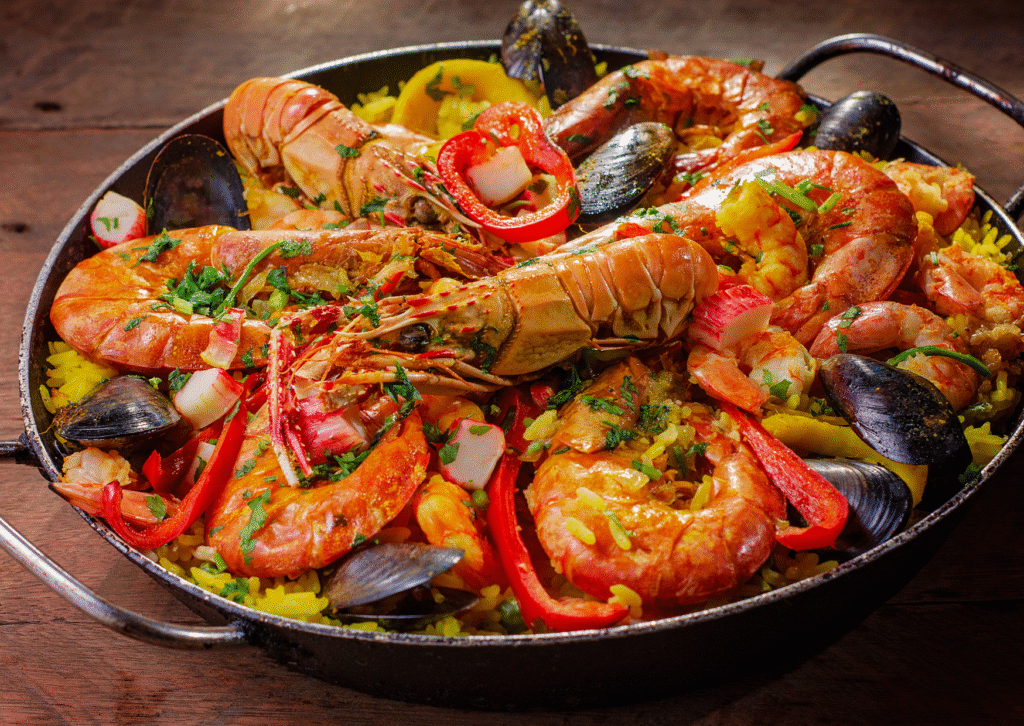
Spanish food also brought us famous dishes like paella, gazpacho, churros and jamón ibérico. Spain is known for its wine regions and experimental food scene, such as molecular gastronomy from chefs like Ferran Adrià.
Spain has both old-fashioned and new, cutting-edge ideas for vacationers. When you eat in Barcelona, Seville or Madrid, you get to taste both the past and the future on the same dish.

The Power of Fusion in the United States
The United States revolutionized the way we eat by making fusion cuisine a thing, even if it’s not that old compared to ancient cuisines. America absorbed ideas from immigrant groups, such Italians, Mexicans, Chinese, Africans and others and made them into new, famous foods.
American food changed the way people eat casually. Burgers, barbecue, fried chicken and Tex-Mex are just a few examples. The U.S. also made fast food popular, which changed the way people throughout the world eat, for better or ill.
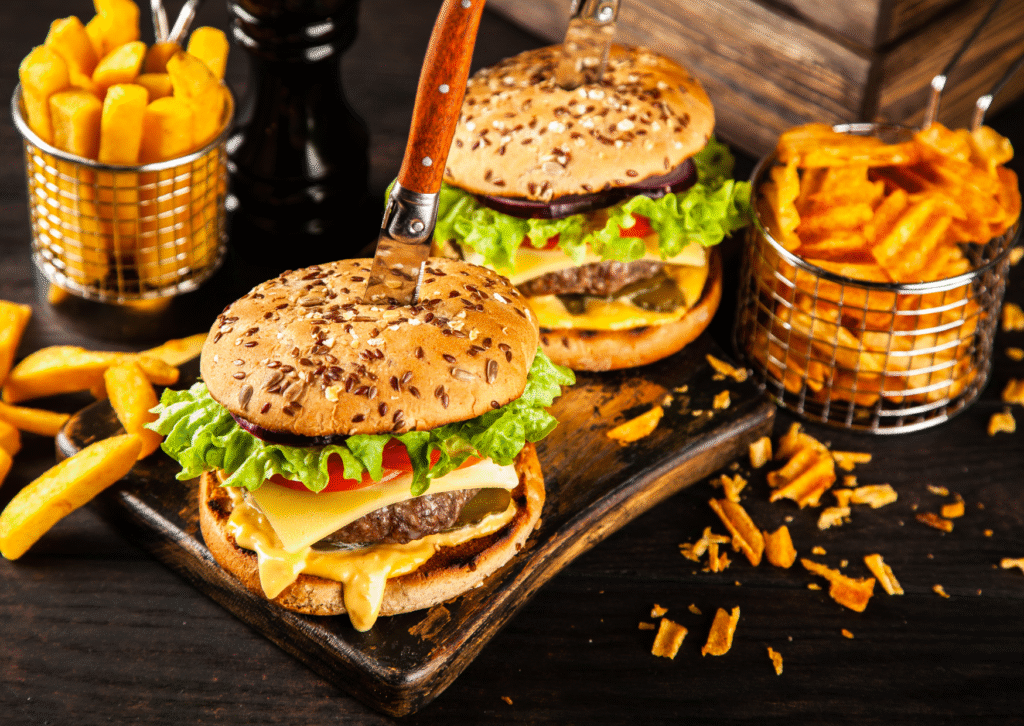
But modern America is also at the forefront of new ideas in cooking, plant-based diets and farm-to-table initiatives. culinary trucks, culinary festivals and famous chefs all got their start in the U.S.
Travelers love American food since it has so many different kinds. The U.S. has some of the most diverse food in the world. For example, Louisiana has Cajun gumbo, New England has clam chowder and the South has soul food.
Food is a way to learn about history, culture and yourself. We don’t simply fill our stomachs when we travel to these nations, we also learn more about the world. Every flavor is a trip, whether you’re drinking wine in France, slurping ramen in Tokyo or eating a taco in Mexico City.
Travel by flavor teaches us that food is more than simply fuel. It’s about making connections. Each of these countries changed the way people eat around the world in its own manner, generating flavors that go far beyond their boundaries.
So, when you plan your next trip, don’t just think about the things you want to visit. Think about the food you want to try as well. Sometimes, the best memories from a trip aren’t the sights, but the tastes that transformed the world.
